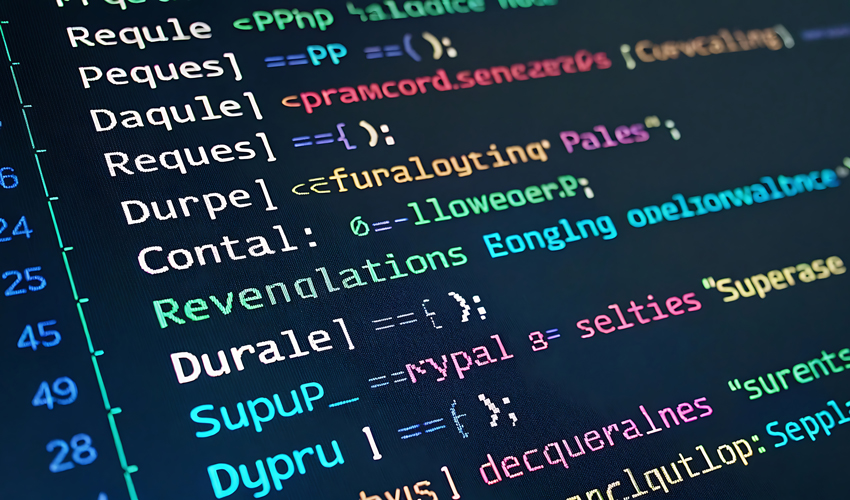Kernel 6.15.4 Performance Tuned, Networking Polished, Stability Reinforced

by George Whittaker
Introduction
In the life cycle of any kernel branch, patch releases, those minor “.x” updates, play a vital role in refining performance, patching regressions, and ironing out rough edges. Kernel 6.15.4 is one such release: it doesn’t bring headline features, but focuses squarely on stabilizing and optimizing the 6.15 series with targeted fixes in performance and networking.
While version 6.15 already introduced several ambitious changes (filesystem improvements, networking enhancements, Rust driver infrastructure, etc.), the 6.15.4 update doubles down on making those changes more robust and efficient. In this article, we’ll walk through the most significant improvements, what they mean for systems running 6.15.*, and how to approach updating.
Release Highlights
The official announcement of Kernel 6.15.4 surfaced around late June 2025. The release includes:
A full source tarball (linux-6.15.4.tar.xz) and patches.
Signature verification via PGP for integrity.
A changelog/diff summary comparing 6.15.3 → 6.15.4.
This update is not a major feature expansion; it’s a refinement release targeting performance regressions, network subsystem reliability, and bug fixes that emerged in prior 6.15.* builds.
Performance Enhancements
Because 6.15 already brought several ambitious changes to memory, I/O, scheduler, and mount semantics, many of the improvements in 6.15.4 are about smoothing interactions, avoiding regressions, and reclaiming performance in corner cases. While not all patches are publicly detailed in summaries, we can infer patterns based on what 6.15 introduced and what “performance patches” generally target.
Memory & TLB Optimizations
One often-painful cost in high-performance workloads is flushing translation lookaside buffers (TLBs) too aggressively. Kernel 6.15 had already begun to optimize broadcast TLB invalidation using AMD’s INVLPGB (for remote CPUs) to reduce overhead in multi-CPU environments. In 6.15.4, fixes likely target edge cases or regressions in those mechanisms, ensuring TLB invalidation is more efficient and consistent.
Additionally, various memory management cleanups, object reuse, and page handling improvements tend to appear in patch releases. While not explicitly documented in the public summaries, such fixes help reduce fragmentation, locking contention, and latency in memory allocation.
Go to Full Article
